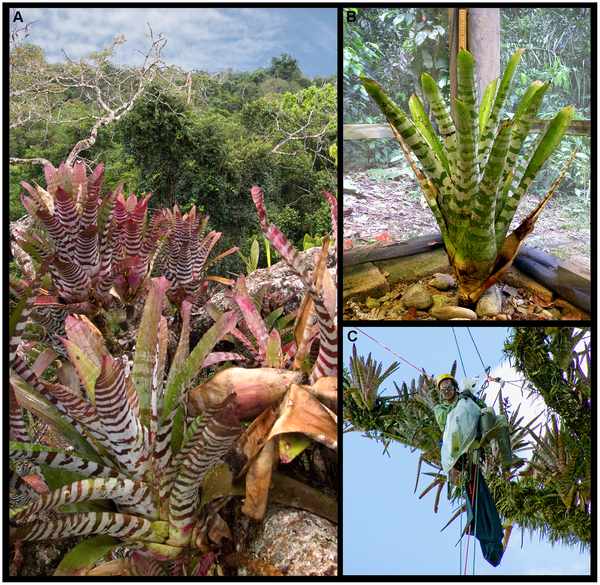Nuevo articulo en la revista cientifica PLOS ONE sobre los impactos de las carreteras petroleras en el Parque Nacional Yasuni.
Titulo: Efectos de las carreteras petroleras en la comunidad de Anuros de Bromelias de Dosel (Aechmea cebruna) en la cuenca Alta de la Amazonia (Ecuador)
Titulo original: Oil Road Effects on the Anuran Community of a High Canopy Tank Bromeliad (Aechmea zebrina) in the Upper Amazon Basin, Ecuador
Citation: McCracken SF, Forstner MRJ (2014) Oil Road Effects on the Anuran Community of a High Canopy Tank Bromeliad (Aechmea zebrina) in the Upper Amazon Basin, Ecuador. PLoS ONE 9(1): e85470. doi:10.1371/journal.pone.0085470
Abstract
Tropical forest canopies are among the most species-rich terrestrial habitats on earth and one of the remaining relatively unexplored biotic frontiers. Epiphytic bromeliads provide microhabitat for a high diversity of organisms in tropical forest canopies and are considered a keystone resource. A number of amphibians inhabit these phytotelmata, yet their ecological role and status in forest canopies remains unknown. For this study, anurans were collected from an upper canopy tank bromeliad (Aechmea zebrina) at ~20–45 m (x¯ = 33 m) above the forest floor. Bromeliads were sampled from trees located near trails in undisturbed primary rainforest and oil access roads in the Yasuní Biosphere Reserve of Amazonian Ecuador. We collected 95 anurans representing 10 species from 160 bromeliads in 32 trees. We used generalized linear mixed models to assess the effects of disturbance and habitat factors on the occupancy and abundance of anurans collected. Bromeliads in forest along oil roads had a lower occupancy and abundance of anurans than those in undisturbed forest, a somewhat unexpected result due to the intactness and quality of forest adjacent to the roads. Recorded habitat variables had no relationship with occupancy or abundance of anurans, and did not differ significantly between treatments. Our findings reveal that even the minimal footprint of natural resource extraction operations, primarily roads, in rainforest environments can have significant negative impacts on the unique upper canopy anuran community. Based on these results, we recommend that natural resource development treat rainforest habitat as an offshore system where roads are not used, employ industry best practice guidelines, and current access roads be protected from colonization and further deforestation.




